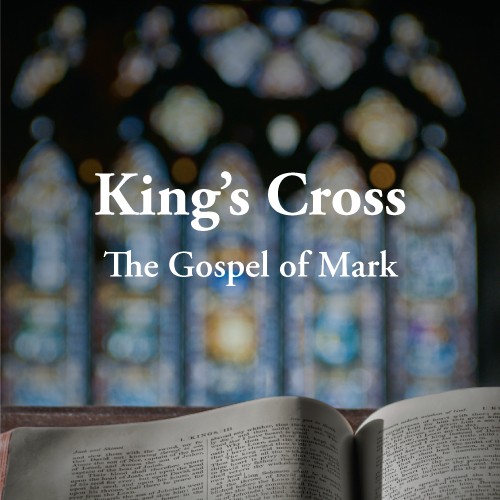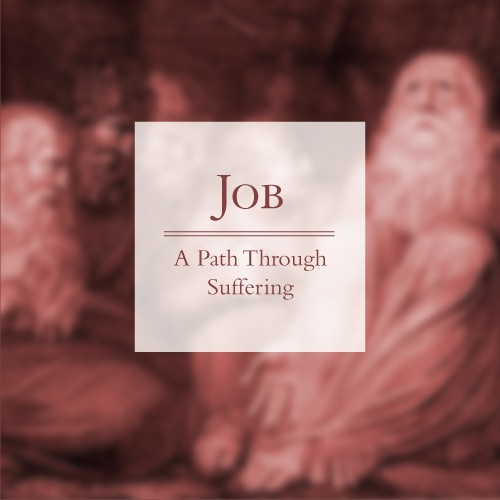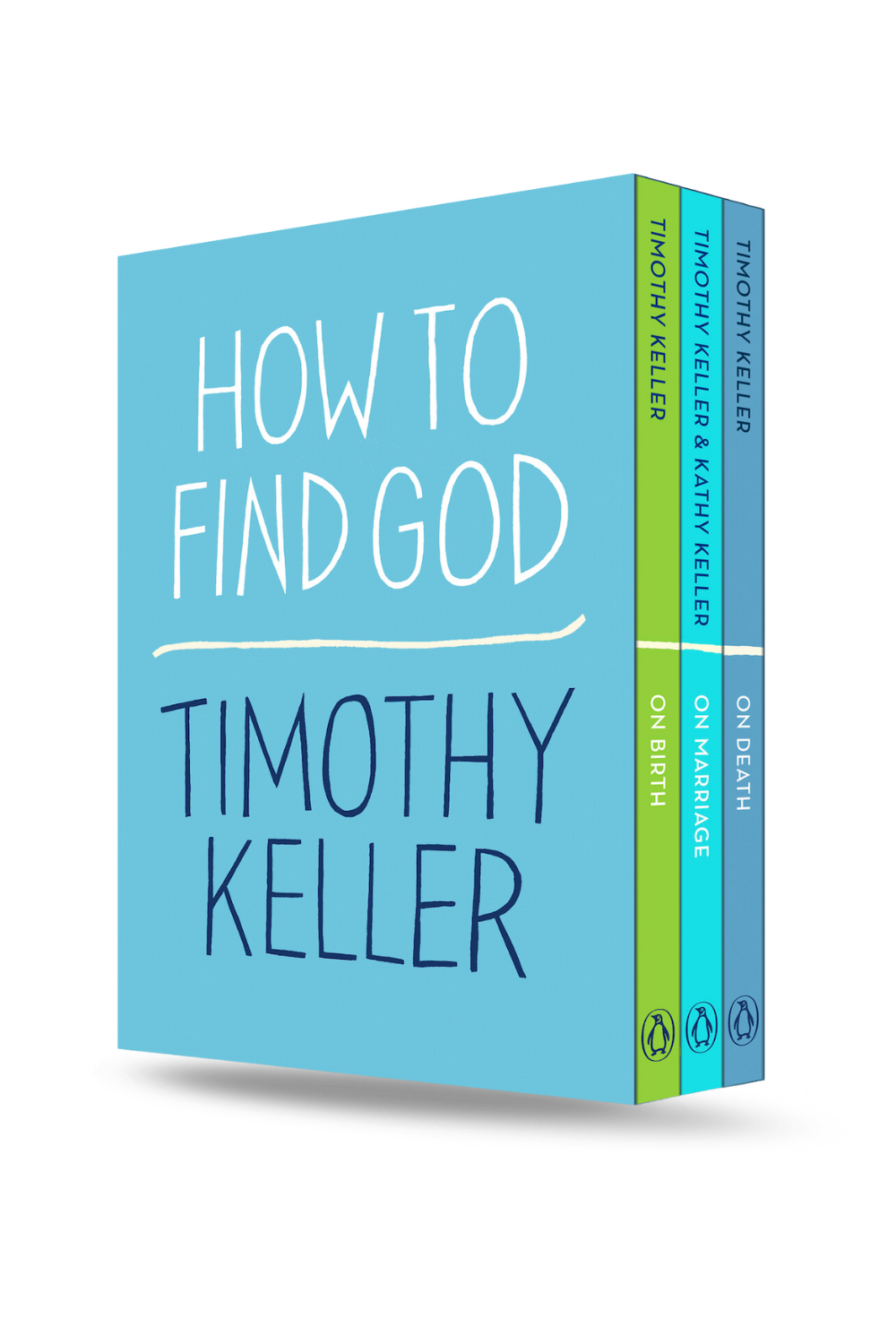
The Upper Room
Tim Keller | April 6, 2003
Overview
One of the great questions of history is, “Why in the world did the early Christians adopt the cross as their main symbol?” Do you realize why that is so odd? On the cross, Jesus died at age 33 in agony, abandoned by everyone in his life. All the other founders of religions died old and “successful.” For example, Buddha lived to be 80 years old and achieved enlightenment. And Muhammad lived into his 60s during which he united all of Arabia under one faith. There is a vivid contrast with the picture of Jesus. Why in the world would anyone look at Jesus dying on a cross and say, “That’s the life I want to live. That’s the one I want to follow. That’s the faith for me”?
On the night before he died, Jesus gave his disciples the explanation of the meaning of his death in the upper room. When it was all over, they remembered it and they accepted it. It changed them. If you see what Jesus says to them and you take it in, it will change you too. There are four things which are life-changing about Jesus’ death: 1) it is the center of history; 2) it is the foundation for a radically new, profoundly different community; 3) it is the solution to the great mystery; and 4) it is appropriated personally.
Outline
Luke 22:14–34
The cross, a sign of pain and loneliness, became the main symbol for early followers of Jesus. This is different from how other religions remember their founders who passed away peacefully. This unique choice points back to Jesus, who explained his upcoming death in a way that changed his disciples’ lives. Jesus’ words in the upper room can still change our lives today.
1. Jesus’ death is the center of history
By connecting his death with the Passover, Jesus intentionally tied his death to the meal that remembers the Israelites’ freedom from slavery in Egypt. During this meal, Jesus did something new by saying that the meal wasn’t just about the past, but also the future. He said, “This is the bread of my suffering. This is my body.” This points to his death as the most important event that all of history was moving towards.
2. Jesus’ death is the foundation for a radically new, profoundly different community
Jesus taught about the cross’s power to change lives. It doesn’t just bring personal forgiveness and peace, but also creates a close-knit community. This community isn’t based on family ties but shared experiences. Jesus asked his disciples to choose love over self-interest, forming a society where wealth doesn’t matter. Leaders in this community aren’t perfect, but they admit their mistakes and depend on God’s mercy. This humble attitude can turn failure into wisdom and kindness.
3. Jesus’ death is the solution to the great mystery
The old mystery of sin and the Passover shows that being saved isn’t about race, but following God’s guidance. The lamb that symbolizes salvation reminds us of God’s great sacrifice: He allowed his Son to become the ultimate sacrifice for our sins. This story highlights that Jesus Christ’s suffering and death is the key to forgiveness. Knowing God’s love can spark big changes in individuals and communities.
4. Jesus’ death is appropriated personally
Jesus used a meal to represent his death. This shows that, like food giving us energy, we need to personally accept and remember the cross for it to matter in our lives. The cross wipes away past mistakes, gives hope for the future, and offers a taste of joy. This highlights the importance of building our relationship with God based on Jesus’s sacrifice.




